1.What are the disadvantages of a pop up canopy tent?
2.What are the different types of canopy tent?
Canopy tents come in various types and styles, each designed to serve different purposes and cater to specific needs. Here are some common types of canopy tents:
3.How can I purchase tickets for Canopy Club events?
To purchase tickets for Canopy Club events, you can follow these general steps. Keep in mind that the process might vary based on the specific event and the ticketing platform used by Canopy Club:
Official Website:
- Visit the official website of Canopy Club. Look for a “Events” or “Calendar” section that lists upcoming shows and events.
Third-Party Ticketing Platforms:
- Canopy Club may use third-party ticketing platforms like Ticketmaster, Eventbrite, or others. If this is the case, you might find links on the Canopy Club website directing you to the specific event pages on these platforms.
Social Media:
- Check Canopy Club’s official social media accounts. Event announcements and ticket purchase links are often shared on platforms like Facebook, Twitter, or Instagram.
Local Ticket Outlets:
- Some venues offer physical tickets for purchase at local outlets. Check if there are any authorized ticket vendors in your area where you can buy tickets in person.
Box Office:
- Canopy Club may have a physical box office at the venue. You can inquire about ticket availability and make purchases in person.
Email Subscriptions:
- Subscribe to Canopy Club’s mailing list if they have one. Subscribers often receive early access to event announcements and exclusive presales.
Mobile Apps:
- Some venues or ticketing platforms have mobile apps that allow you to browse events, purchase tickets, and receive updates on the go.
Promotional Partners:
- Keep an eye out for any promotional partnerships or collaborations. Sometimes, local businesses or sponsors may offer special promotions or discounts on event tickets.
Resale Platforms:
- If an event is sold out, consider checking reputable resale platforms. Be cautious and use well-known platforms to avoid scams.
Remember that ticket availability and purchasing methods can vary for each event, so it’s a good idea to check the specific details provided for the event you’re interested in. Always purchase tickets through official channels to ensure their authenticity and to avoid any potential issues.
4.What size pop-up canopy do I need?
Determining the right size for your pop-up canopy depends on your specific needs and the intended use of the canopy. Here are some considerations to help you choose the appropriate size:
Number of People or Items to Cover:
- Consider the number of people or items you want to shelter under the canopy. If you’re setting up a canopy for a small family gathering, a smaller size may suffice. For larger events or trade shows, you might need a larger canopy.
Event Type:
- The type of event you’re hosting can influence the size of the canopy. For example, a canopy for a backyard barbecue may be smaller than one for a wedding ceremony or a vendor booth at a fair.
Available Space:
- Measure the area where you plan to set up the canopy. Ensure that you have enough space to comfortably accommodate the size of the canopy without it being cramped or obstructed by other structures.
Activities Under the Canopy:
- Consider the activities that will take place under the canopy. If you need space for seating, tables, or a buffet, factor in these elements when determining the size.
Weather Protection:
- If you’re looking for a canopy to provide shade from the sun or protection from light rain, a smaller size may be sufficient. For more comprehensive weather protection, especially in areas with unpredictable weather, consider a larger size.
Portability and Setup:
- If you plan to use the canopy for camping, beach trips, or other outdoor activities where portability is crucial, opt for a size that is easy to transport and set up.
Regulations and Permits:
- Check if there are any local regulations or permit requirements for setting up canopies in your area. Some events or locations may have restrictions on the size of temporary structures.
Future Use:
- Consider whether you’ll use the canopy for multiple purposes and events. If versatility is important, a larger canopy might be more suitable for various occasions.
Common sizes for pop-up canopies include 8×8 feet, 10×10 feet, 12×12 feet, and larger. Keep in mind that the actual coverage area might be slightly smaller than the dimensions due to the angled canopy design.
Ultimately, the right size depends on your specific needs and preferences. If you’re uncertain, it’s often better to choose a slightly larger canopy than you think you need, as having extra space can be beneficial for various activities.
5.What is the strongest easy up canopy?
Determining the “strongest” easy-up canopy can depend on specific requirements such as durability, frame construction, materials used, and intended use. Different brands and models may offer varying features and strengths. Here are some factors to consider when looking for a strong easy-up canopy:
Frame Material:
- Look for canopies with frames made from robust materials such as steel or aluminum. Steel is generally stronger but can be heavier, while aluminum provides a good balance between strength and weight.
Frame Design:
- Opt for canopies with reinforced or heavy-duty frame designs. Some models feature truss bars, cross-supports, or other enhancements to increase the overall strength and stability of the canopy.
Canopy Material:
- Consider canopies made from high-quality and durable materials, such as heavy-duty polyester or vinyl. These materials should be water-resistant and UV-resistant for better performance in various weather conditions.
Denier Rating:
- Check the denier rating of the canopy fabric. A higher denier indicates a thicker and more durable material. Look for canopies with a high denier rating for increased strength.
Welded Seams:
- Strong canopies often have welded seams instead of sewn seams. Welded seams provide additional strength and prevent water from seeping through stitched areas.
Adjustable Height and Telescoping Legs:
- Canopies with adjustable height settings and telescoping legs can offer versatility and stability on uneven surfaces, contributing to the overall strength of the structure.
Easy-Up Mechanism:
- Choose a canopy with a reliable and sturdy easy-up mechanism. Look for features like pull-pin sliders or push-button systems that make the setup process quick and efficient.
Wind Resistance:
- Some easy-up canopies are designed with enhanced wind resistance features, such as vents, wind flaps, or reinforced corners. These features help the canopy withstand gusty winds.
Corner Brackets:
- Canopies with reinforced corner brackets or connectors can provide additional stability and strength to the frame.
Weight Bags or Stakes:
- Consider using weight bags or stakes to anchor the canopy securely, especially in windy conditions. Some canopies come with or have compatible options for anchoring accessories.
Brand Reputation:
- Research and choose canopies from reputable brands known for producing high-quality and durable outdoor equipment. Customer reviews and ratings can provide insights into the performance and strength of a specific canopy model.
When evaluating the strength of an easy-up canopy, it’s essential to consider both the frame and canopy material, as well as additional features that contribute to stability and resilience. Keep in mind that no canopy is entirely indestructible, but choosing a model with robust construction and materials suitable for your specific needs can provide a durable and reliable shelter.
6.What color canopy pop up tent is the coolest?
7.What size banner do I need for a 10×10 pop up canopy?
The size of the banner you need for a 10×10 pop-up canopy depends on your specific design preferences, visibility requirements, and how much of the canopy you want to cover. Here are a few considerations to help you determine the appropriate banner size:
Full Coverage:
- If you want to provide full coverage for one side of the 10×10 pop-up canopy, you can choose a banner that is approximately 10 feet in width and 10 feet in height. This size allows you to cover the entire length of one side.
Half Wall Banner:
- For a banner covering only half of the canopy’s length, you may choose a size around 10 feet in width and 5 feet in height. This is suitable for creating a half wall or for displaying information at eye level.
Custom Sizes:
- Depending on your specific design, you might opt for custom-sized banners. Some vendors offer customization options, allowing you to choose the dimensions that best fit your design concept.
Logo Placement:
- If you have a specific logo or graphic that you want to prominently display, consider the size and dimensions of that logo. The banner should be large enough to showcase the logo clearly without appearing crowded.
Visibility and Legibility:
- Ensure that the text and graphics on the banner are easily readable from a distance. This may require choosing a size that allows for larger fonts and clear visuals.
Attachment Method:
- Consider how the banner will be attached to the canopy. Some canopies have built-in attachment points or sleeves for banners, while others may require additional accessories for secure mounting.
Before purchasing a banner, it’s advisable to check the specifications provided by the manufacturer of the pop-up canopy. Some canopy models come with specific recommendations or features designed for attaching banners or signage.
Additionally, keep in mind any local regulations or event guidelines regarding the display of banners and signage. Understanding the rules and restrictions can help you choose an appropriate banner size and design that complies with any requirements set by event organizers or venue management.
8.How much weight do you need to hold down a 10×20 pop up canopy?
Securing a 10×20 pop-up canopy is crucial to ensure stability and prevent it from being lifted or damaged by wind. The amount of weight required depends on various factors, including the canopy design, the weather conditions, and the potential for wind.
As a general guideline, it is recommended to use a minimum of 40 to 50 pounds of weight for each leg of a 10×20 pop-up canopy in mild weather conditions. This can add up to a total of 160 to 200 pounds for all four legs. However, in windy conditions or for added stability, you may need to increase the weight.
Here are some options for securing a 10×20 pop-up canopy:
Canopy Weights:
- Specialized canopy weights or sandbags designed to attach to the canopy legs are commonly available. These can be filled with sand or other heavy materials and attached securely to each leg.
Concrete or Cement Blocks:
- Heavy concrete or cement blocks can be used as an alternative to canopy weights. Place them on each leg for added stability.
Water Barrels or Jugs:
- Large water-filled barrels or jugs can be used as makeshift weights. Ensure they are securely tied or strapped to each leg.
Anchor Kits:
- Some canopy manufacturers offer anchor kits designed for their specific canopy models. These kits may include stakes or anchors that can be driven into the ground.
Sandbags:
- Commercial sandbags or DIY sandbags filled with sand or gravel can be an effective and affordable solution for securing the canopy.
DIY Solutions:
- Creativity can play a role. Some people use gallon-sized water containers, duffle bags filled with heavy items, or other heavy objects to secure their canopies.
When setting up a pop-up canopy, ensure that the weight is distributed evenly on all legs. Additionally, be aware of the specific weather conditions of the location where the canopy will be used. In windy conditions, higher weights may be necessary to prevent the canopy from tipping or getting damaged.
Always follow the manufacturer’s recommendations and guidelines for securing your specific pop-up canopy model. If wind conditions become severe, consider taking down the canopy to prevent any potential damage or accidents.
9.How do I keep my pop up canopy 10×10 from blowing away?
Securing a 10×10 pop-up canopy is crucial to prevent it from blowing away, especially in windy conditions. Here are several tips to help you keep your pop-up canopy stable and secure:
Use Canopy Weights:
- Invest in canopy weights specifically designed for your pop-up canopy model. These weights are often designed to attach securely to the canopy legs and provide stability.
Sandbags or DIY Weights:
- If specialized canopy weights are not available, you can use sandbags or create your own DIY weights. Fill sandbags or heavy bags with sand, gravel, or other dense materials, and attach them securely to each canopy leg.
Water Barrels or Jugs:
- Large water-filled barrels or jugs can serve as effective makeshift weights. Ensure they are securely tied or strapped to each leg.
Anchor Kits:
- Some pop-up canopy manufacturers offer anchor kits designed for their specific models. These kits may include stakes or anchors that can be driven into the ground for added stability.
Stake the Canopy Legs:
- If the ground allows, use stakes to anchor each canopy leg to the ground. Ensure the stakes are driven in at an angle away from the canopy to provide additional resistance against wind.
Use Ropes and Tie-Downs:
- Securely anchor the canopy to nearby structures or fixed objects using ropes and tie-downs. Make sure the tie-downs are tight and secure to prevent any movement.
Choose Sheltered Locations:
- Position your pop-up canopy in a location that provides natural windbreaks, such as buildings or trees. This can help reduce the impact of strong winds on the canopy.
Monitor Weather Conditions:
- Keep an eye on weather forecasts, especially wind speeds. If severe weather is expected, consider taking down the canopy to prevent potential damage.
Adjust Canopy Height:
- If your pop-up canopy has adjustable height settings, consider lowering it in windy conditions. A lower canopy is less susceptible to wind forces.
Remove Canopy Top in Strong Winds:
- In extremely windy conditions, consider removing the canopy top altogether to reduce wind resistance. This is especially important if you’re not actively using the canopy.
Fold the Canopy:
- When the canopy is not in use, it’s advisable to fold and store it properly. A collapsed canopy is less likely to catch wind and become a sail.
Remember that the effectiveness of these measures can vary based on the severity of the wind and the stability of the ground. Always follow the manufacturer’s recommendations for securing your specific pop-up canopy model, and use common sense to prioritize safety in adverse weather conditions.
10.What is the most popular outdoor canopy tent size?



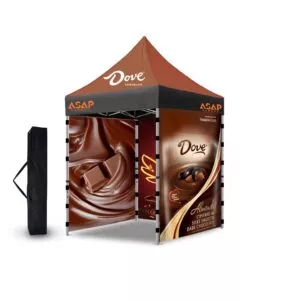
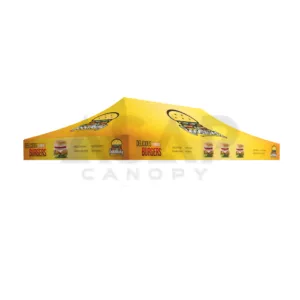
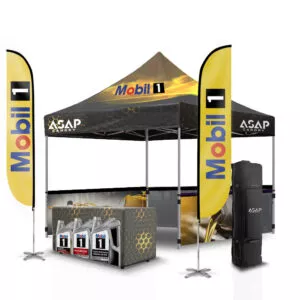
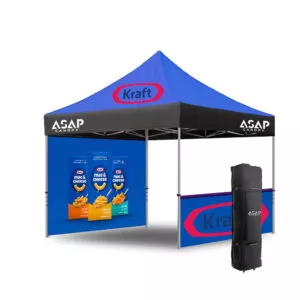
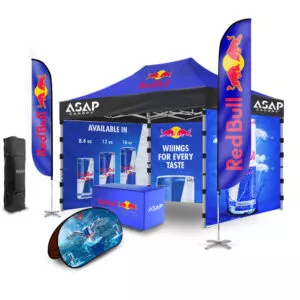
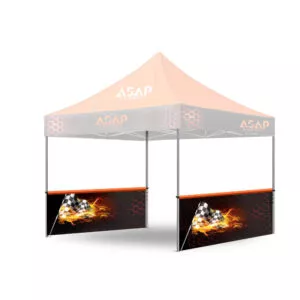

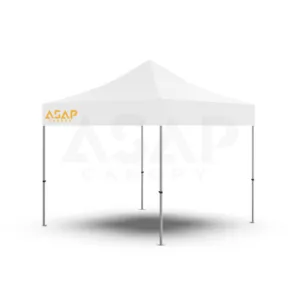
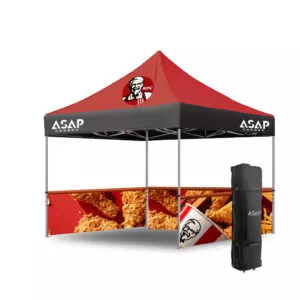

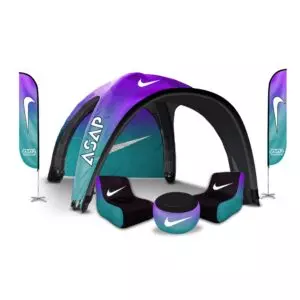
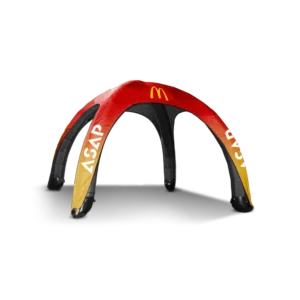
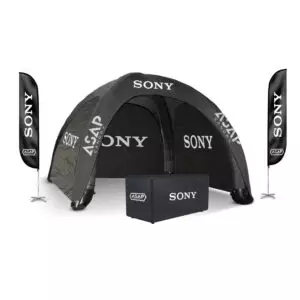
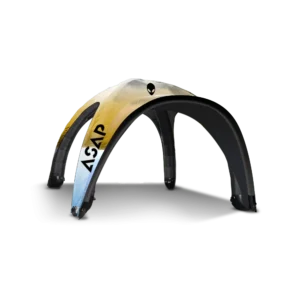
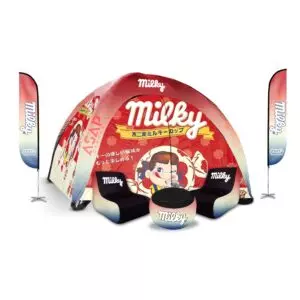

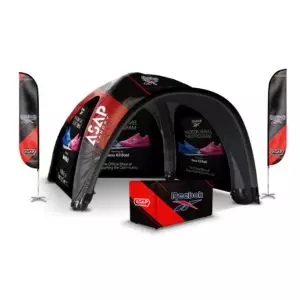
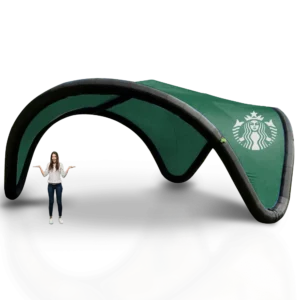
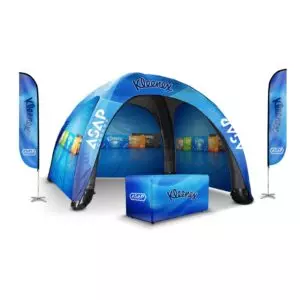

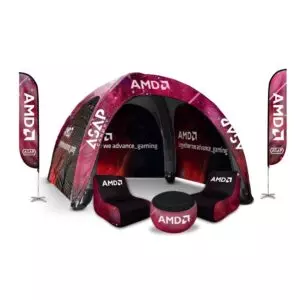
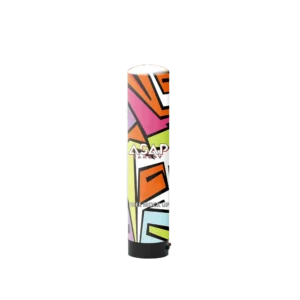

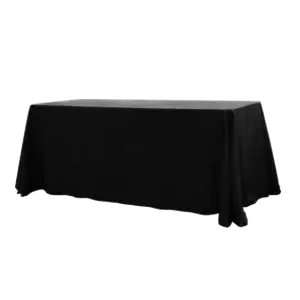

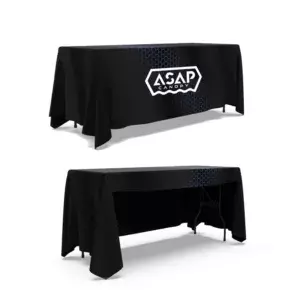

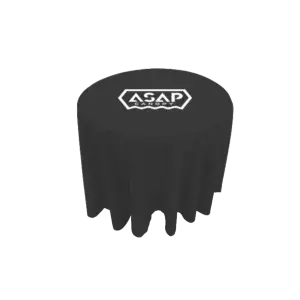
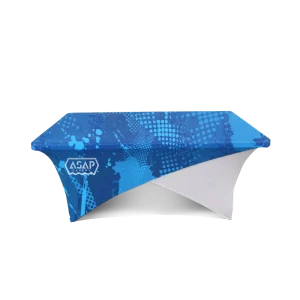
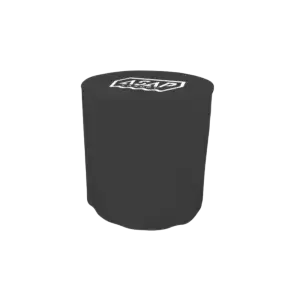
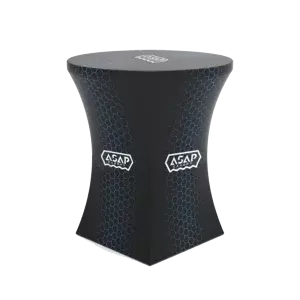
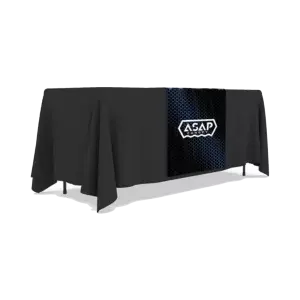
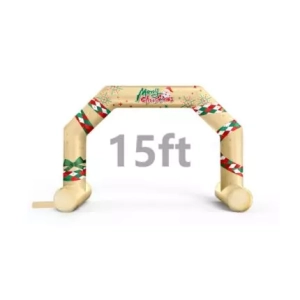
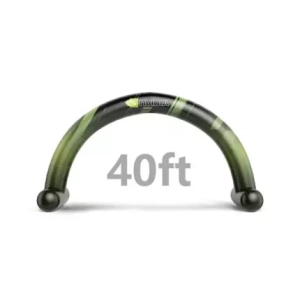
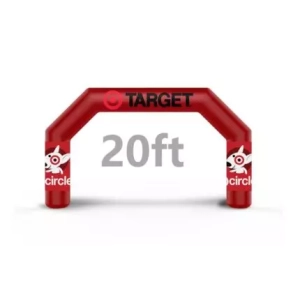
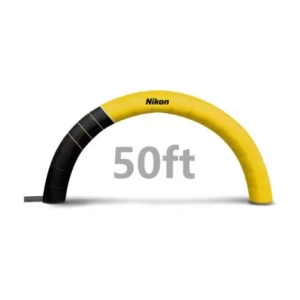

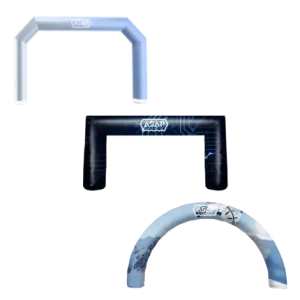
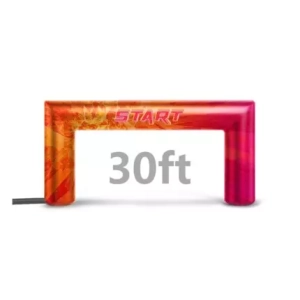



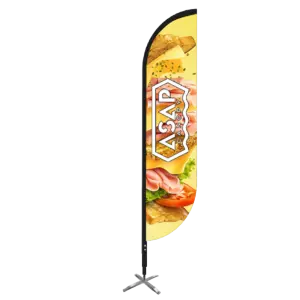
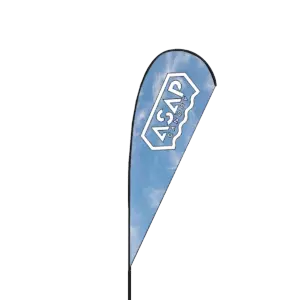
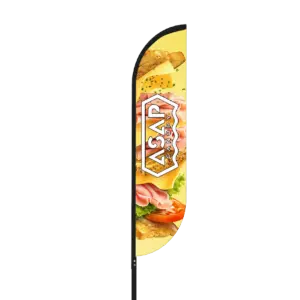

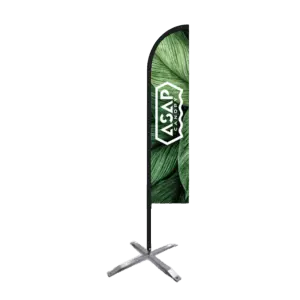

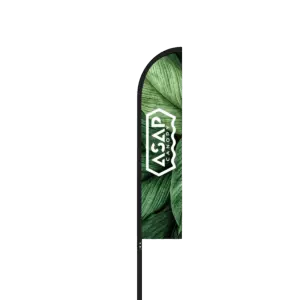



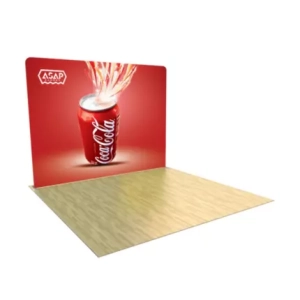
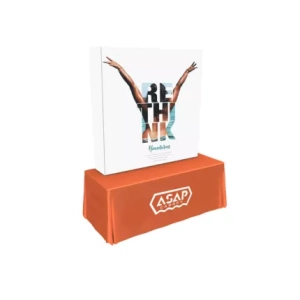
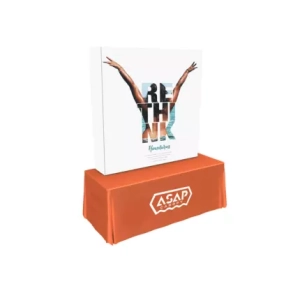
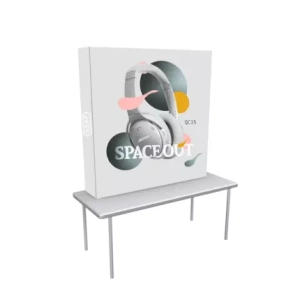
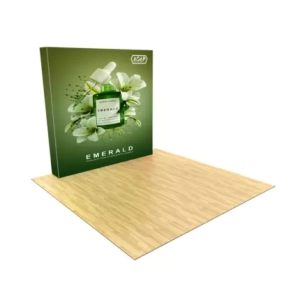
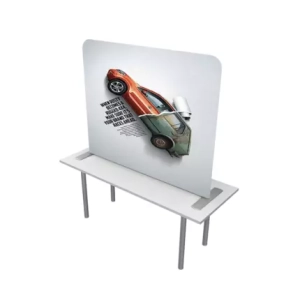
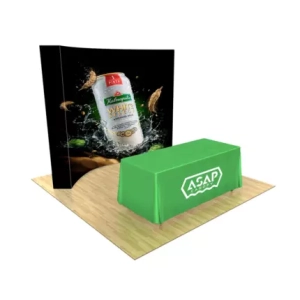
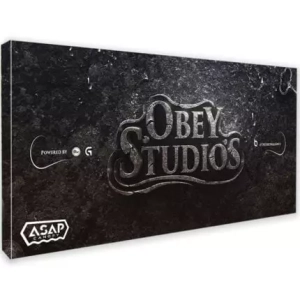





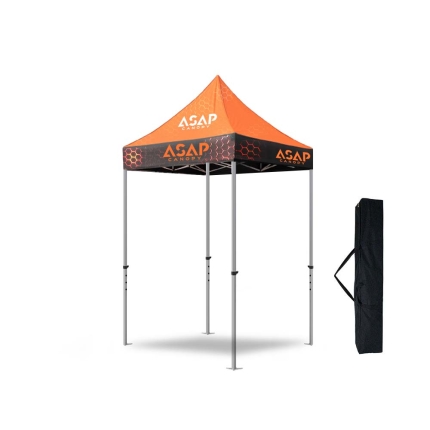
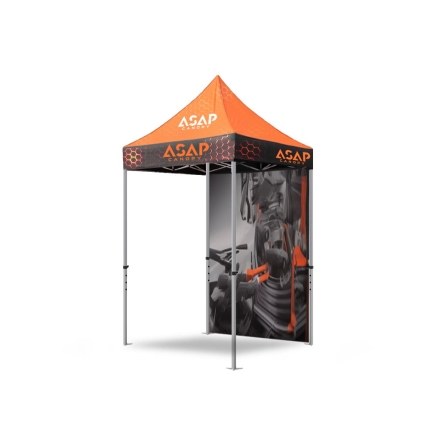


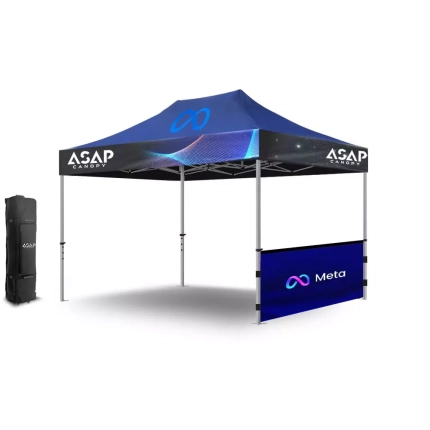


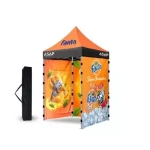 5×5 Pop Up Tent
5×5 Pop Up Tent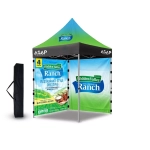 6.5×6.5 Pop Up Tent
6.5×6.5 Pop Up Tent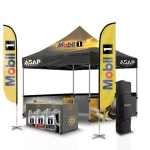 10×10 Canopy Tent
10×10 Canopy Tent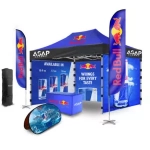 10×15 Canopy Tent
10×15 Canopy Tent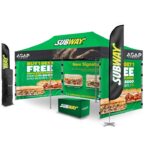 10×20 Canopy Tent
10×20 Canopy Tent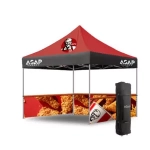 Canopy Options
Canopy Options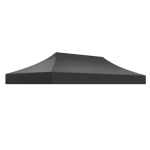 Blank Canopy Top
Blank Canopy Top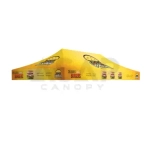 Canopy Top
Canopy Top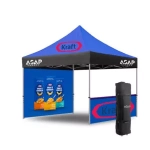 Canopy Walls
Canopy Walls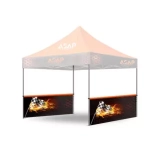 Canopy Side Skirt
Canopy Side Skirt Blank Canopy
Blank Canopy Blank Canopy Kit
Blank Canopy Kit
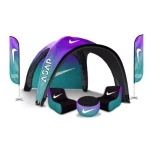 Inflatable Canopy Tents 10×10
Inflatable Canopy Tents 10×10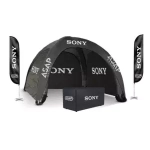 Inflatable Canopy Tents 13×13
Inflatable Canopy Tents 13×13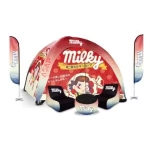 Inflatable Canopy Tents 16×16
Inflatable Canopy Tents 16×16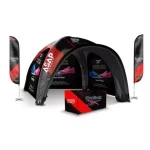 Inflatable Canopy Tents 20×20
Inflatable Canopy Tents 20×20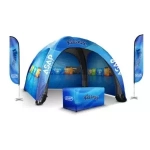 Inflatable Canopy Tents 23×23
Inflatable Canopy Tents 23×23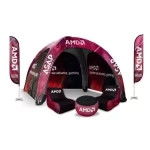 Inflatable Canopy Tents 26×26
Inflatable Canopy Tents 26×26 Inflatable Spider Tents
Inflatable Spider Tents Inflatable Dome Tents
Inflatable Dome Tents Inflatable Eclipse Tents
Inflatable Eclipse Tents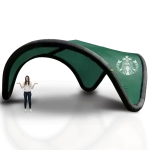 Inflatable Party Tent
Inflatable Party Tent Inflatable Furniture
Inflatable Furniture Inflatable Pillar
Inflatable Pillar
 Single Pole Star Tents
Single Pole Star Tents Double Pole Star Tents
Double Pole Star Tents
 15FT Inflatable Arches
15FT Inflatable Arches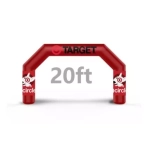 20FT Inflatable Arches
20FT Inflatable Arches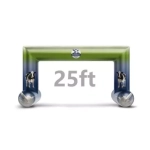 25FT Inflatable Arches
25FT Inflatable Arches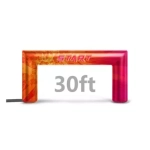 30FT Inflatable Arches
30FT Inflatable Arches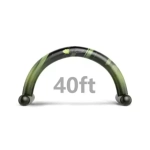 40FT Inflatable Arches
40FT Inflatable Arches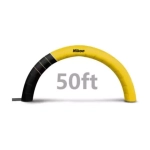 50FT Inflatable Arches
50FT Inflatable Arches Custom Constant Arches
Custom Constant Arches Custom Sealed Arches
Custom Sealed Arches
 Fitted Table Covers
Fitted Table Covers Stretch-Fit Table Covers
Stretch-Fit Table Covers Loose Table Throws
Loose Table Throws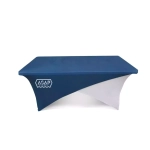 Cross-Over Stretch-Fit Table Cover
Cross-Over Stretch-Fit Table Cover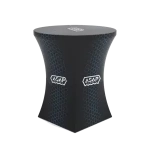 Round Stretch-Fit Table Cover
Round Stretch-Fit Table Cover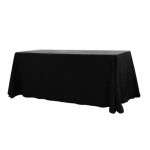 Blank Table Throws
Blank Table Throws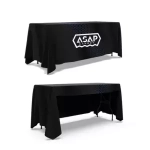 3-Sided Loose Table Throw
3-Sided Loose Table Throw Round Fitted Table Covers
Round Fitted Table Covers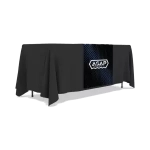 Table Runners
Table Runners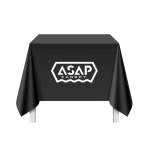 Square Table Covers
Square Table Covers
 Feather Flags
Feather Flags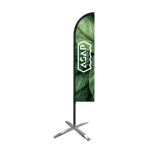 Blade Flags
Blade Flags Feather Banner
Feather Banner Blade Banner
Blade Banner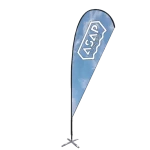 Teardrop Flags
Teardrop Flags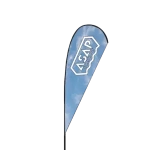 Teardrop Banner
Teardrop Banner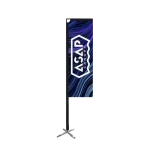 Rectangle Flags
Rectangle Flags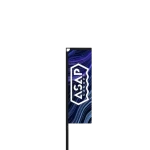 Rectangle Banner
Rectangle Banner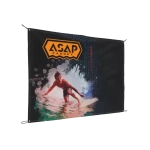 Mesh Event Banners
Mesh Event Banners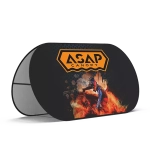 Pop Out Banner Horizontal
Pop Out Banner Horizontal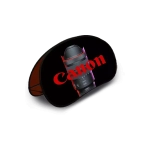 Pop-Out Banner Vertical
Pop-Out Banner Vertical
 Trade Show Display
Trade Show Display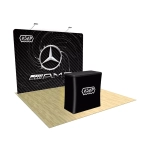 Trade Show Display Kit
Trade Show Display Kit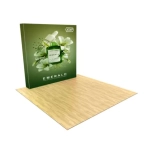 Pop Up Trade Show Display
Pop Up Trade Show Display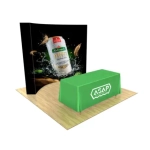 Pop Up Trade Show Display Deluxe Kit
Pop Up Trade Show Display Deluxe Kit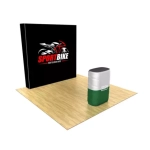 Pop Up Trade Show Display Kit
Pop Up Trade Show Display Kit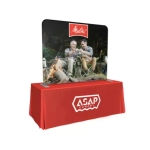 TableTop Displays Kit
TableTop Displays Kit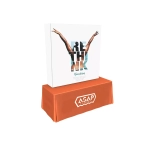 Pop Up Tabletop Display Kit
Pop Up Tabletop Display Kit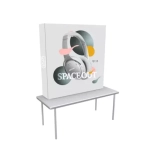 Pop Up Tabletop Display
Pop Up Tabletop Display Tabletop Display
Tabletop Display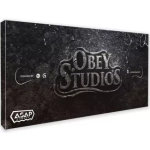 Straight Trade Show Exhibit Booth
Straight Trade Show Exhibit Booth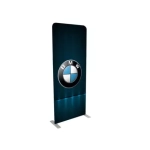 Banner Stand
Banner Stand
 Tent Accessories
Tent Accessories Flag Accessories
Flag Accessories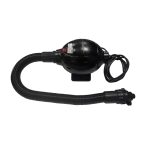 Arch Accessories
Arch Accessories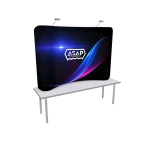 Trade Show Accessories
Trade Show Accessories
